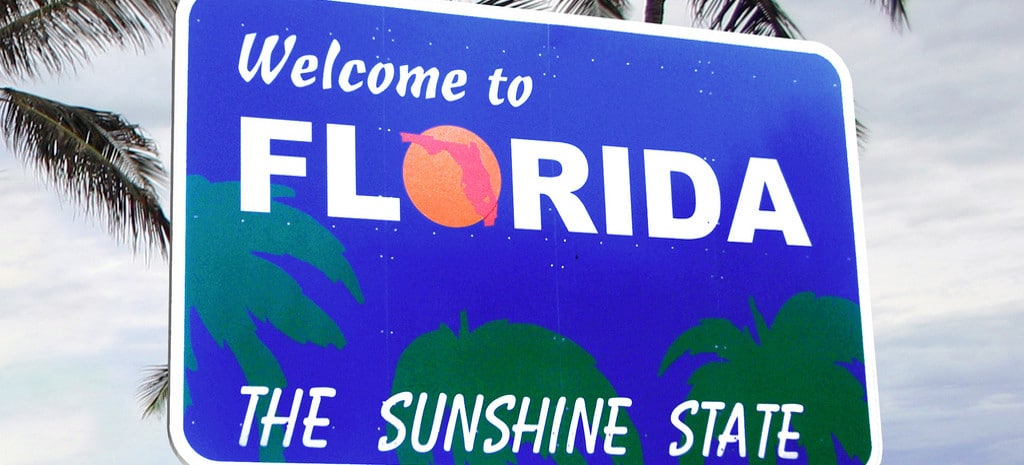Until recently, the political climate for solar has been unfriendly in the Florida — but that is clearly beginning to change.
SolarCity, the country’s best-known residential solar installer, announced this morning that it will open an installation center in Clermont, Fla., a city 40 minutes west of Orlando. The move that sends an unmistakable signal to the rest of the solar industry that Florida is finally open for business.
Initially, the company will serve Duke Energy’s customers and the Orlando Utilities Commission in the greater Orlando area. But it also announced that it plans to expand to additional areas of the state in the coming months.
With its control of one-third of the residential market in the United States, SolarCity’s decision to come to Florida should encourage other national solar companies to join them, possibly sparking a solar gold-rush in the state.
SolarCity credited the widely heralded decision by Florida voters to reject Amendment 1, a utilities-backed initiative designed to codify their monopoly status in the state’s constitution.
“Today’s announcement was made possible when the citizens of Florida rejected the anti-solar Amendment 1, which would have made it easier for utilities to add fees to make solar more expensive for customers,” SolarCity announced on its blog.
“The Amendment was disguised as pro-solar policy in what amounted to a cynical attempt by solar opponents to slow down solar development in the state,” it continued. “Thanks to this vote, solar customers in Florida will continue to receive full retail credit for any excess solar electricity they provide to the grid when they aren’t at home.”
After Florida’s four biggest utilities — Florida Power & Light (FPL), Duke Energy, Gulf Power and Tampa Electric Co. — spent nearly $24 million to pass the amendment, it seemed inevitable that it would pass — until August.
At that point, the pro-Amendment 1 campaign stumbled badly leading up to Nov. 8 vote, executing a series of almost comical missteps, from a recording of a utility consultant bragging about hoodwinking Florida voters to a mysterious and false voter’s guide being circulated in Miami-Dade County.
Those stumbles, along with state- and nationwide coverage of the utilities’ duplicity, turned the public against Amendment 1, and it was soundly defeated at the polls. It barely received 50 percent of the vote. It needed 60 percent to become part of the state constitution.
Now, instead of leaving control of solar power in the hands of the state’s biggest utilities, third-party companies like SolarCity can pitch solar systems directly to homeowners, making it much easier for larger solar installers to do business in the state.
This content is protected by copyright and may not be reused. If you want to cooperate with us and would like to reuse some of our content, please contact: editors@pv-magazine.com.








By submitting this form you agree to pv magazine using your data for the purposes of publishing your comment.
Your personal data will only be disclosed or otherwise transmitted to third parties for the purposes of spam filtering or if this is necessary for technical maintenance of the website. Any other transfer to third parties will not take place unless this is justified on the basis of applicable data protection regulations or if pv magazine is legally obliged to do so.
You may revoke this consent at any time with effect for the future, in which case your personal data will be deleted immediately. Otherwise, your data will be deleted if pv magazine has processed your request or the purpose of data storage is fulfilled.
Further information on data privacy can be found in our Data Protection Policy.